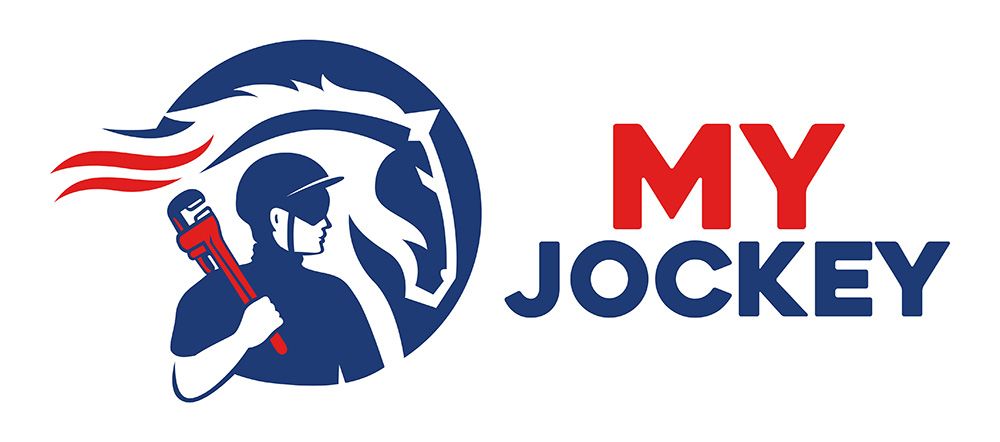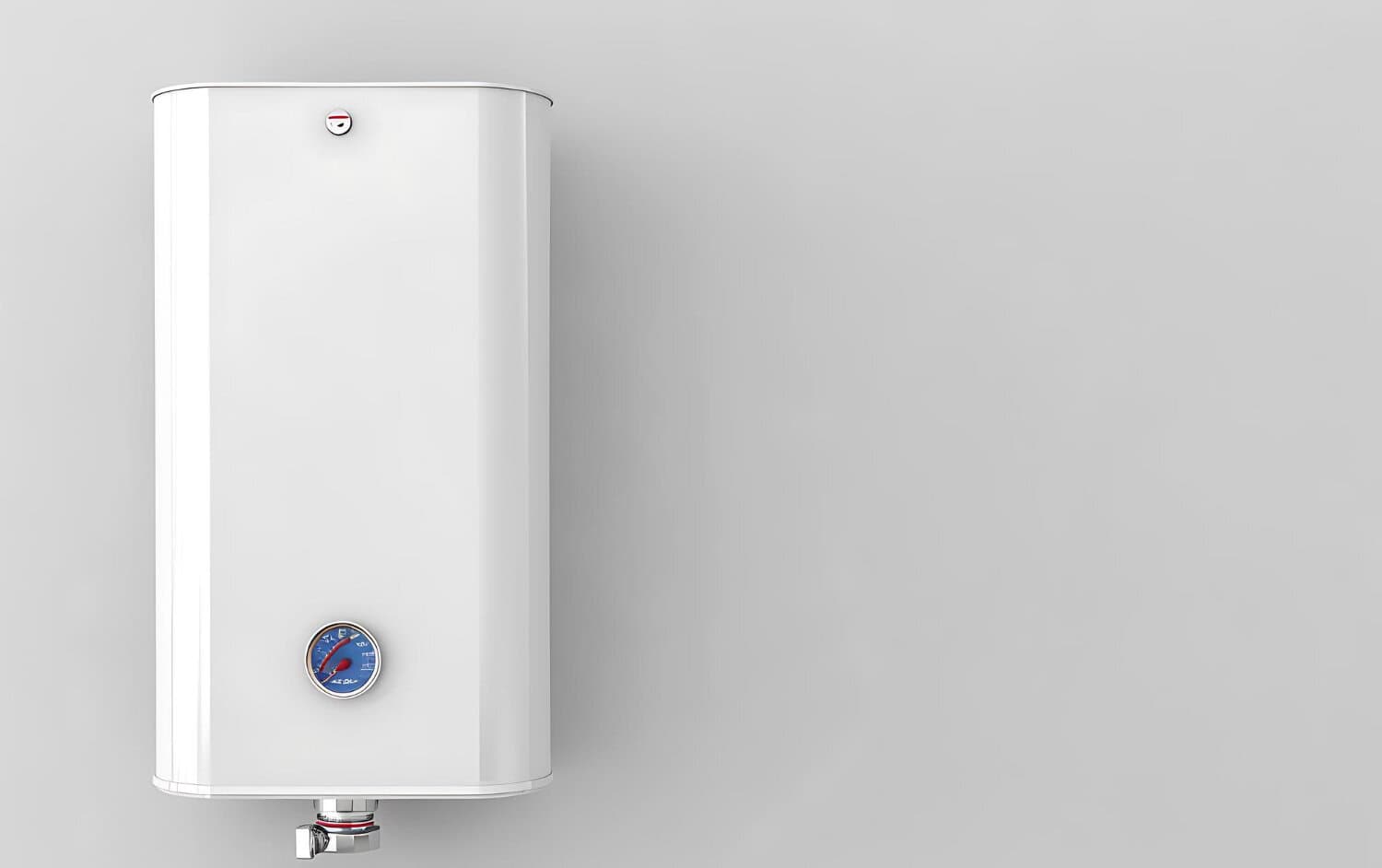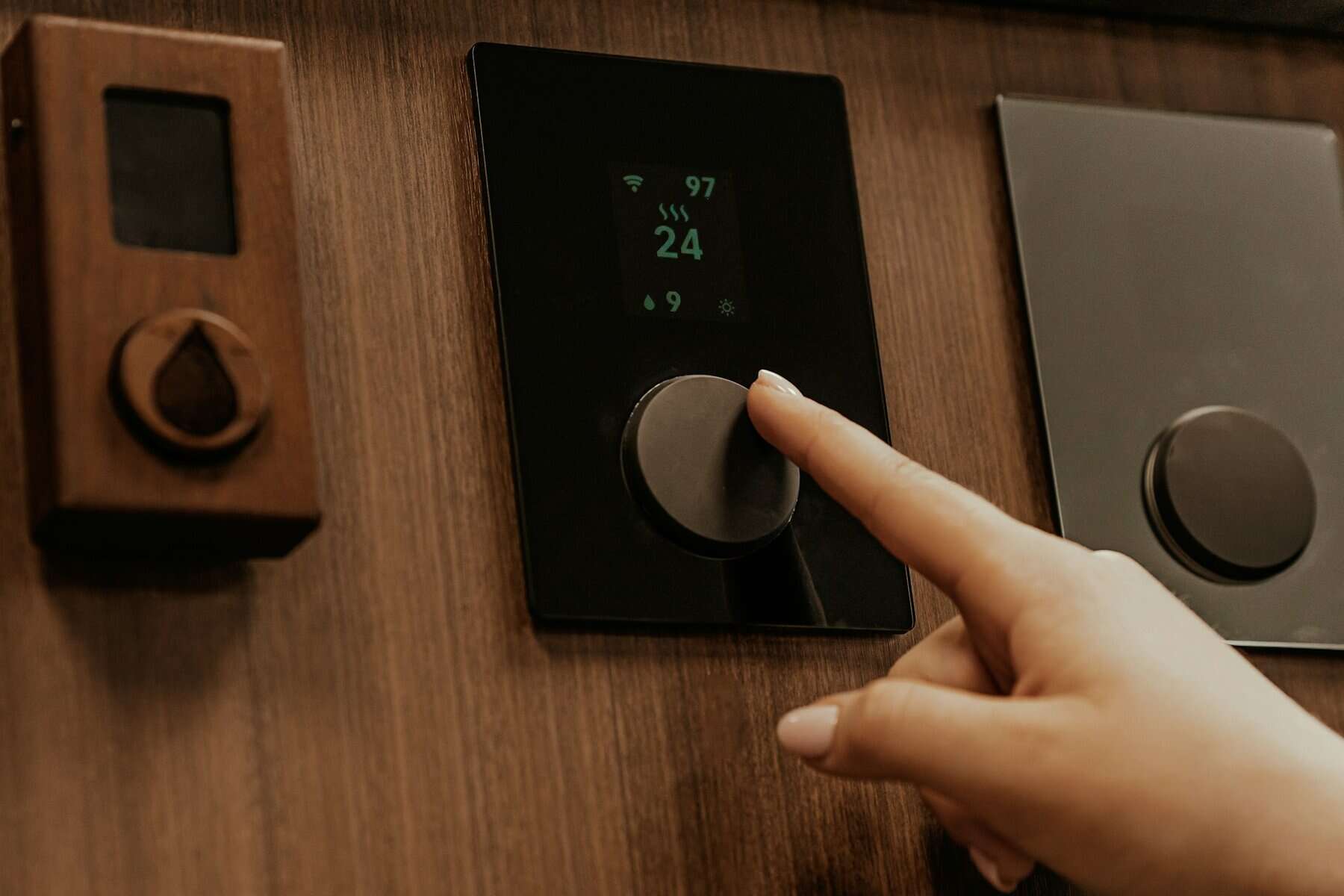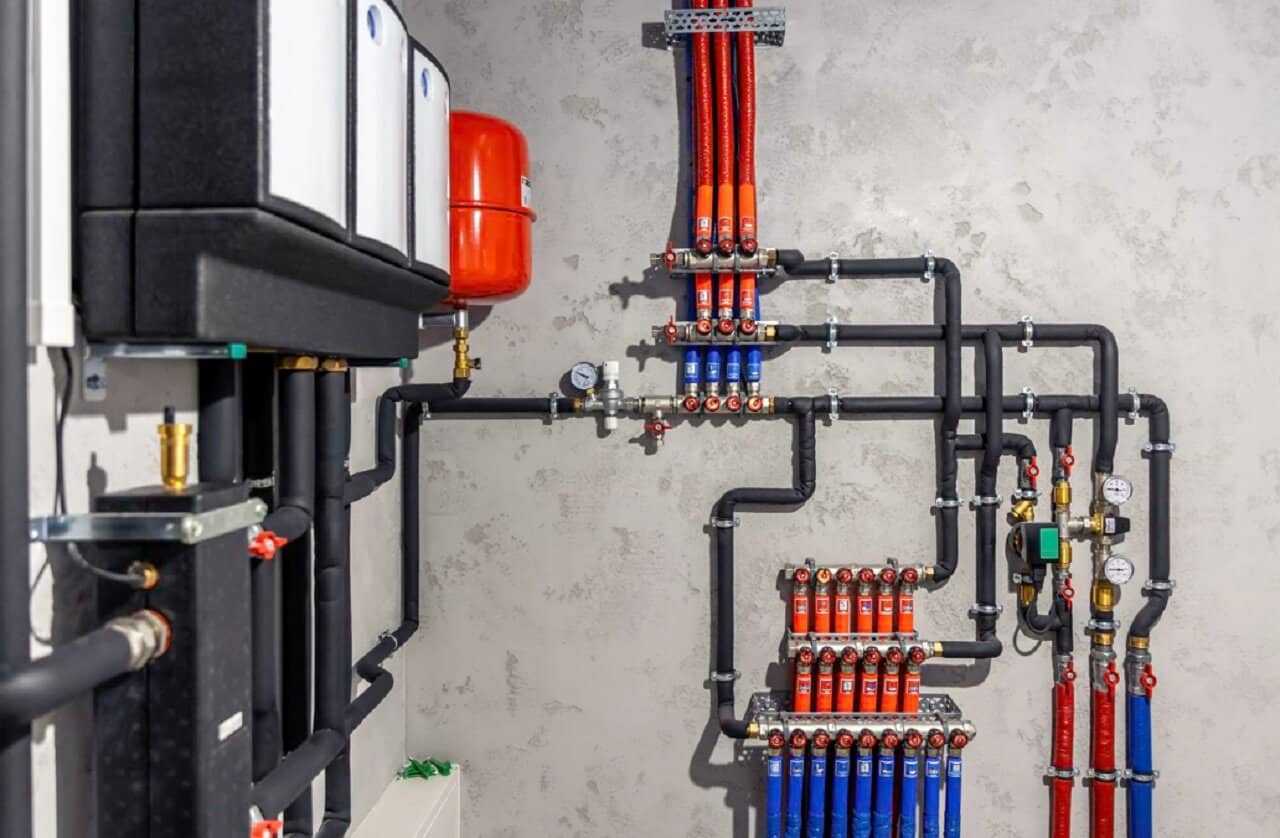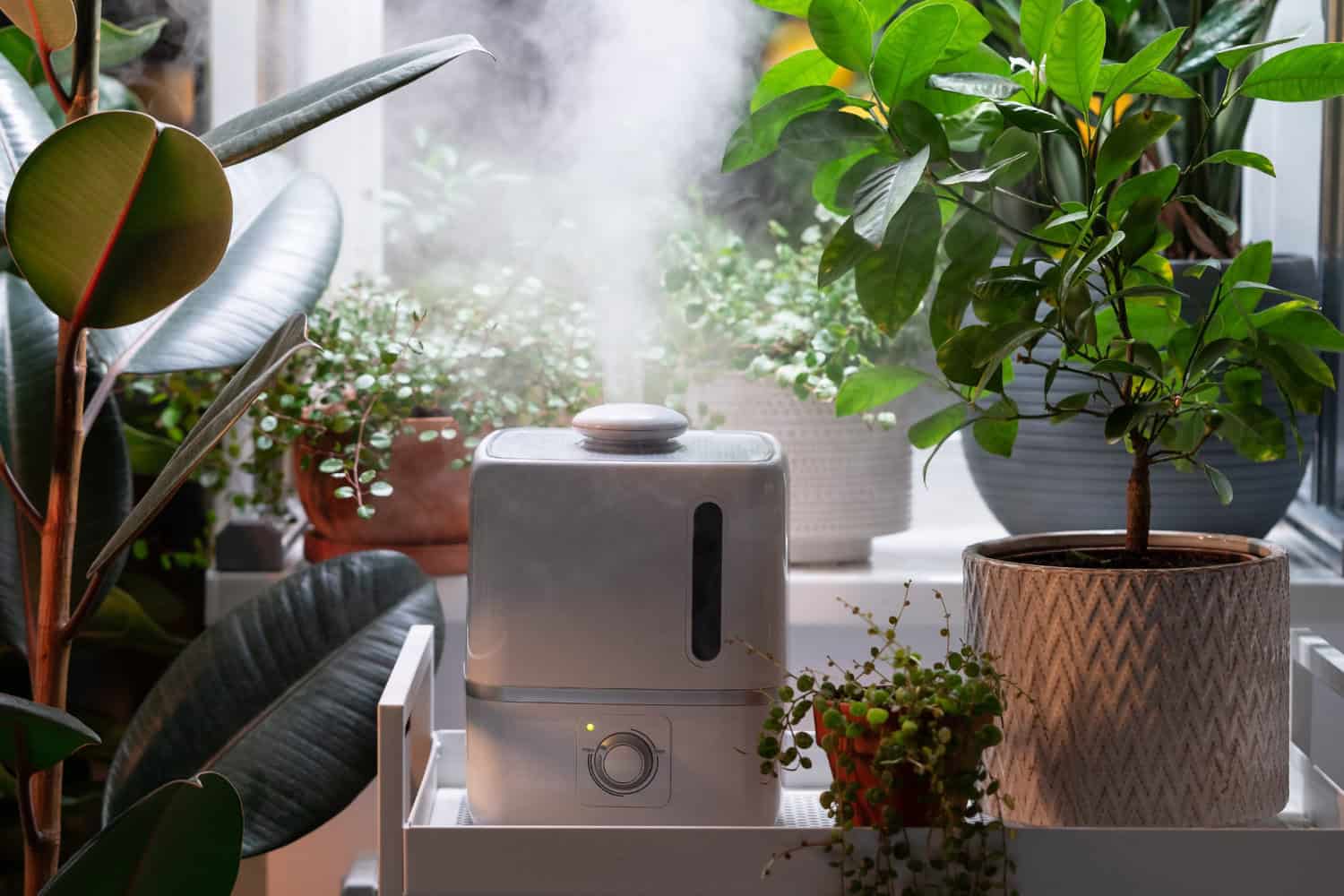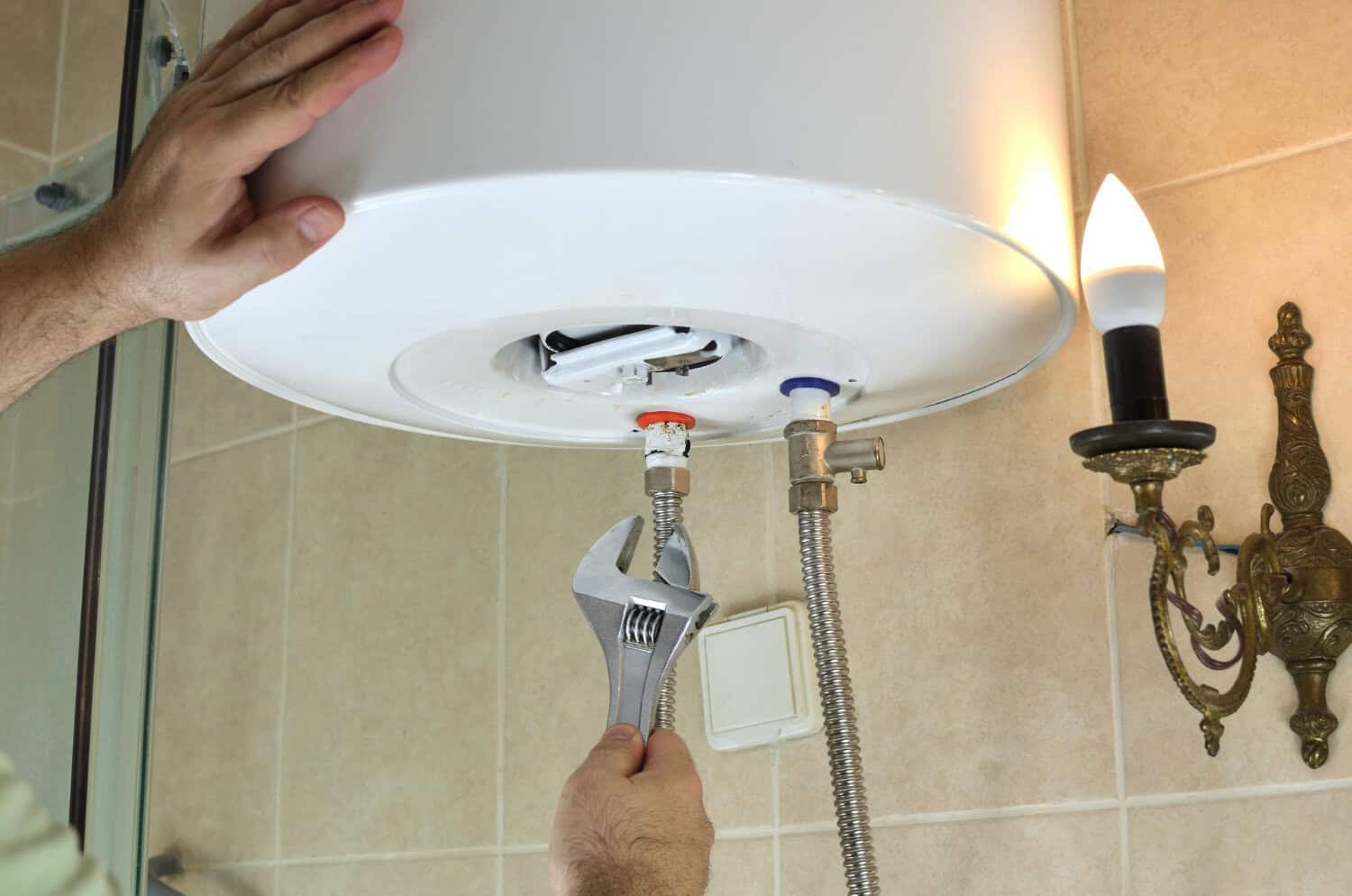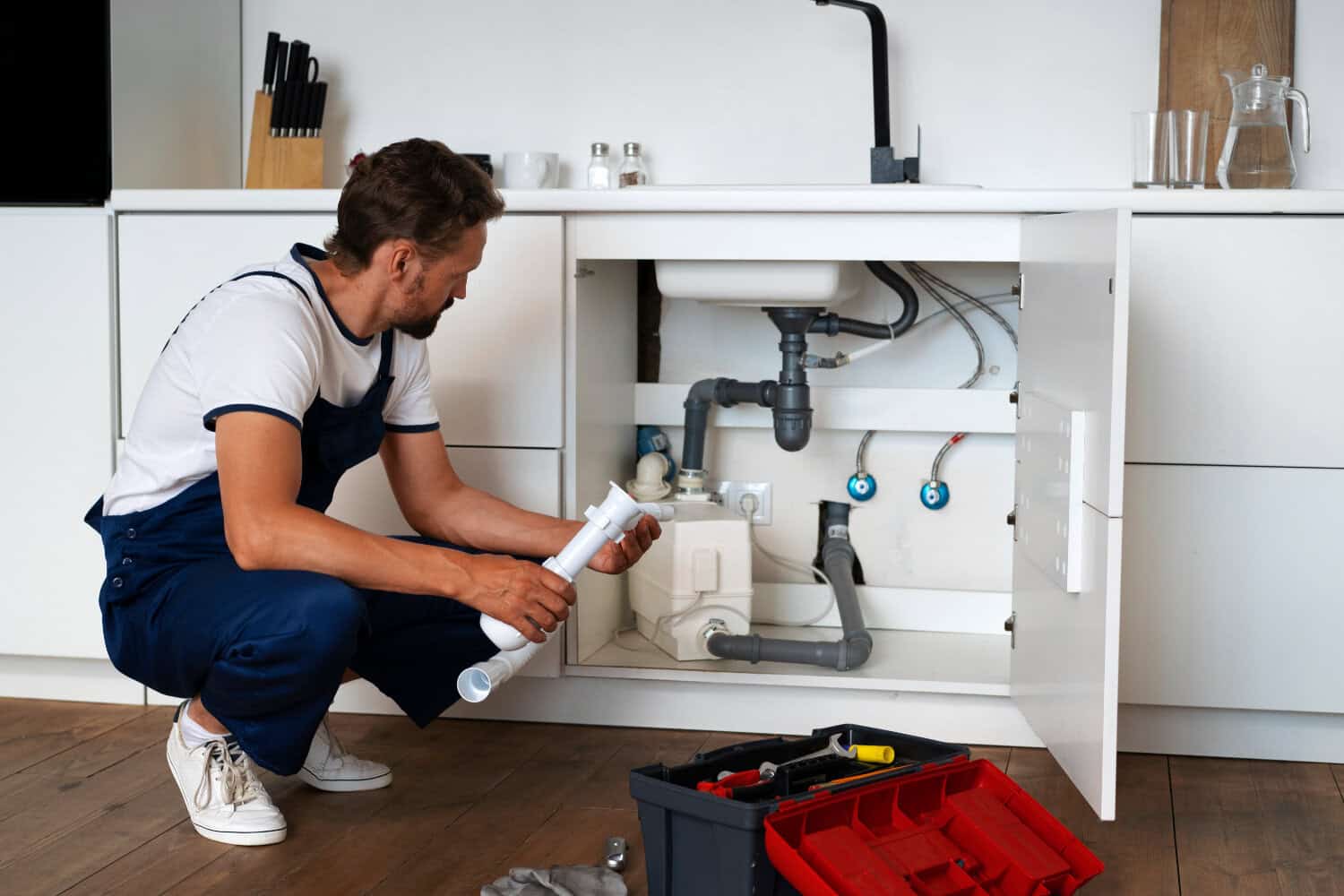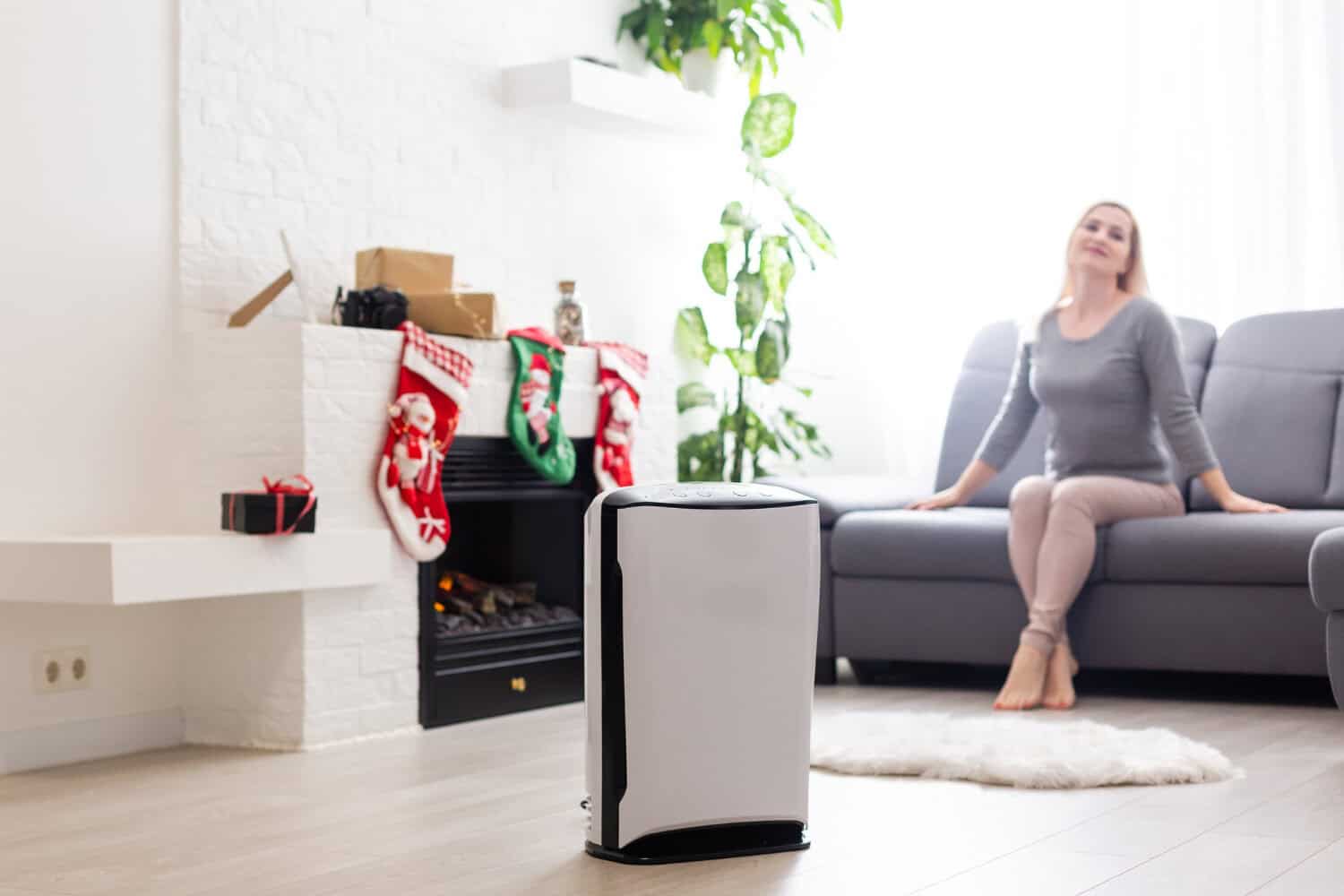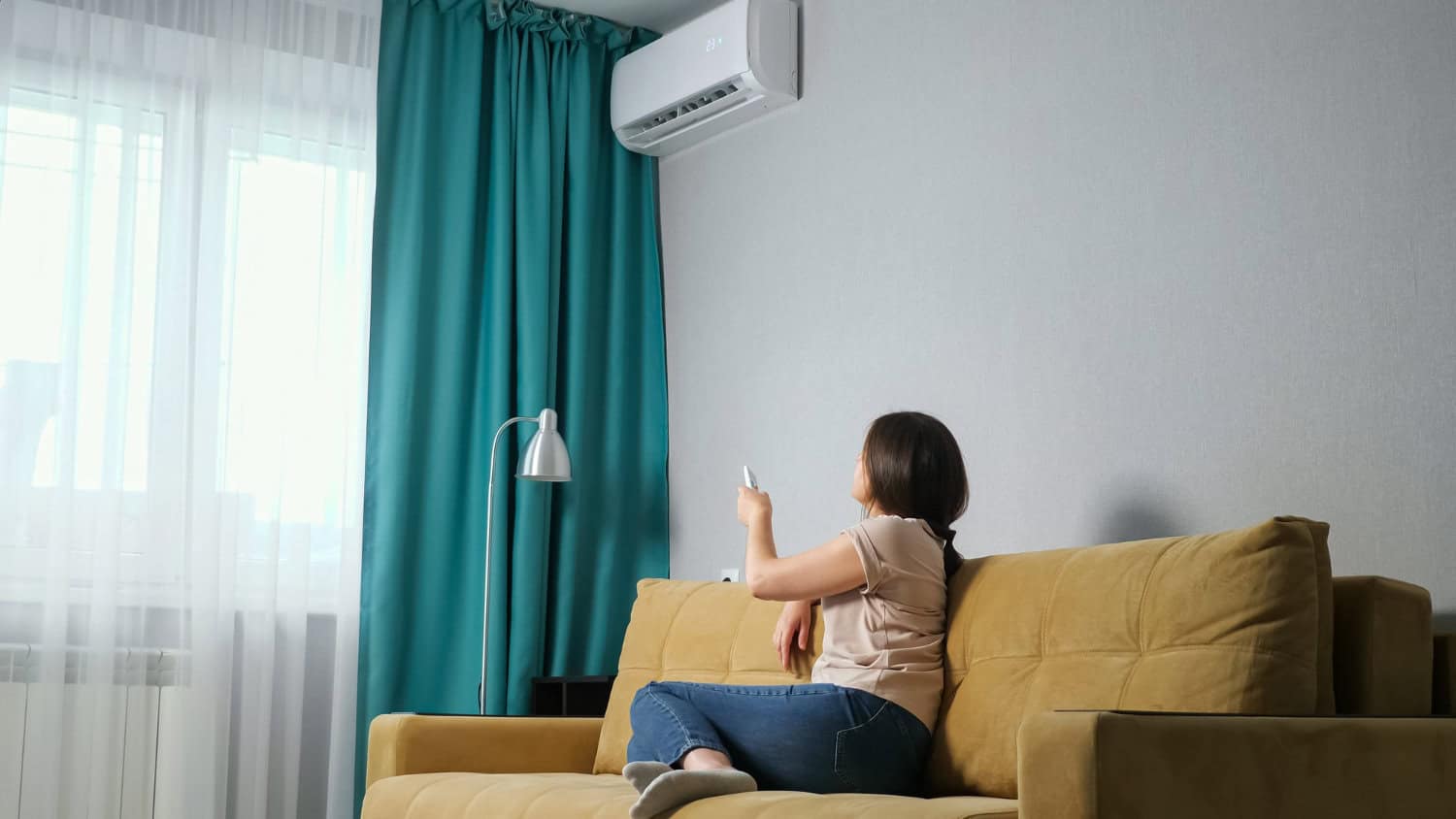A reliable water heater is vital for a comfortable home, providing hot water for showers, cleaning, and more. But like any appliance, water heaters can develop issues over time. Knowing the early signs of trouble helps you tackle problems before they turn into costly repairs or replacements.
Your water heater communicates potential problems through sounds, smells, and even changes in water quality. By staying alert to these warning signals, you can catch issues before they cause major damage or leave you without hot water. Quick action not only prolongs the life of your water heater but also ensures your home runs smoothly.
Understanding these early indicators can save you stress and expense. Being proactive with your water heater’s care means fewer disruptions to your daily routine and better efficiency overall. Don’t wait for an icy shower or a flooded basement to address your water heater’s health. Start by learning what to watch for and how to respond effectively.
Recognizing Unusual Sounds and Smells
Listening to your water heater can reveal a lot about its overall condition. If you hear popping or rumbling sounds, it may be due to sediment buildup in tanked water heaters. Sediment forms when minerals in the water settle at the bottom of the tank. This layer creates a barrier between the burner and the water, making the heater work harder to do its job. Over time, this causes the water heater to overheat, leading to noise and potential damage. Regularly flushing the tank helps prevent this issue.
Another thing to be aware of are unusual smells. A metallic scent can indicate the presence of rust or corrosion inside the tank, often suggesting that the anode rod needs replacing. This rod is crucial because it attracts corrosion to protect the tank lining. If it’s depleted, rust can spread throughout the tank. On the other hand, a rotten egg smell might mean a bacterial infection in the tank. This typically happens when bacteria interact with the elements in the water, producing an unpleasant sulfur odor. Cleaning the tank with hydrogen peroxide or having a professional water heater service can solve this problem.
Monitoring Water Temperature and Pressure
Temperature and pressure changes can provide clear signs of water heater troubles. Here’s a simple way to check them:
1. Turn on the Hot Water: Observe if the water takes unusually long to heat or if it fluctuates between hot and cold.
2. Check the Pressure Relief Valve: Lift the test lever on the valve to ensure it releases water properly. If nothing happens, it might be stuck or faulty.
3. Use a Thermometer: Compare the actual water temperature to the thermostat setting. A big difference means the thermostat might be failing.
Constant changes in temperature and pressure may indicate more significant problems. Fluctuating temperatures often suggest issues with the heating element or thermostat. These components are responsible for maintaining consistent water heating. If they aren’t working well, the heater can’t provide steady warmth.
Pressure changes, meanwhile, might indicate problems in the plumbing or too much sediment. A faulty pressure relief valve can also be suspect. This valve helps control the pressure and prevent tank explosions, making it crucial for safety. Having erratic pressure calls for immediate attention, as it can signal an underlying issue like a faulty expansion tank or clogged pipes. Regular checks and prompt repairs keep your water heater running safely and smoothly.
Identifying Water Discoloration or Leaks
Water discoloration is a warning sign that something might be wrong with your water heater. If you notice rust-colored or cloudy water flowing from your taps, it could mean there’s corrosion inside the tank. This happens when the inner lining wears away, allowing rust to form. Sediment can also cause discoloration, as minerals like calcium and magnesium accumulate and cloud the water. To address this, consider flushing your water heater to remove sediment buildup. If the problem persists, it may require replacing the anode rod or the entire tank.
Leaks, even small ones, can lead to significant issues if left unchecked. Always be on the lookout for water puddling or dripping around the heater. A leaking tank might be due to corrosion or a failing valve. Check all connections and hoses for tightness and possible wear. Addressing leaks promptly can prevent water damage and improve your heater’s efficiency. If you notice any dampness or mold around the water heater area, call a professional to assess and repair the issue before it escalates.
Checking Pilot Light and Energy Bills
The pilot light on your water heater is crucial for its operation. Inspecting it can help identify potential problems. If the pilot light flickers or its color changes to yellow instead of blue, there may be combustion problems. This could mean that the burner is dirty, or there’s an imbalance in the mixture of gas and air. Regular cleaning and maintenance of the burner and ensuring proper ventilation can resolve these issues.
An unexpected increase in energy bills can indicate inefficiencies in the water heater system. When the heater struggles to maintain the right temperature, it uses more energy. Hidden problems like a failing thermostat, sediment buildup, or defective heating elements can cause this. Monitoring your energy usage can help you notice these changes. If your bills spike without a clear reason, it’s time to have your water heater inspected. Maintaining your unit efficiently ensures that you’re not paying more for insufficient heating.
Conclusion
Understanding the early signs of water heater problems helps you take action before they become big headaches. Simple checks for noises, smells, water quality, and bills can give you a heads up on what might need attention. Proactive maintenance and quick repairs keep your heaters working smoothly, preventing bigger costs and discomfort. Keeping an eye out for these early indicators ensures a steady flow of hot water for your home.
By paying attention to what your water heater is telling you, you maintain comfort and efficiency in your home. When issues pop up, don’t hesitate to reach out for professional help to safeguard your investment and your peace of mind. Remember, a little attention now can save a lot later.
If you’re facing water heater issues or need professional advice, contact My Jockey for expert help. Our experienced team in heating and plumbing is ready to provide efficient solutions tailored to your needs. With our friendly and reliable water heater service, you’ll be back to enjoying hot water without any worries. Reach out to us today and let us handle your water heater troubles—from repairs to regular maintenance, we’ve got you covered!
